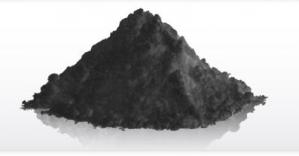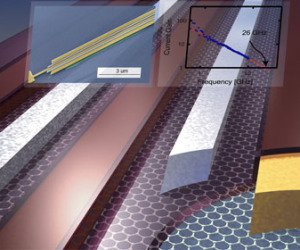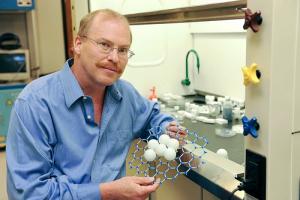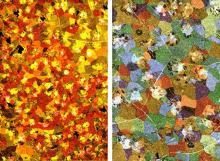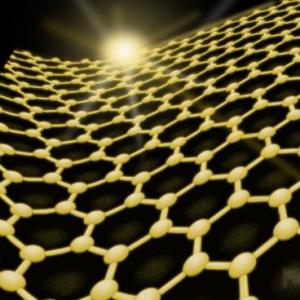Researchers managed to generate a spin current in Graphene
Researchers from the City University of Hong Kong managed to generate a spin current in Graphene. This can lead us to using Graphene as a spintronics device.
The scientists used spin splitting in monolayer graphene generated by ferromagnetic proximity effect and adiabatic (a process that is slow compared to the speed of the electrons in the device) quantum pumping. They can control the degree of polarization of the spin current by varying the Fermi energy (the level in the distribution of electron energies in a solid at which a quantum state is equally likely to be occupied or empty), which they say is very important for meeting various application requirements.

